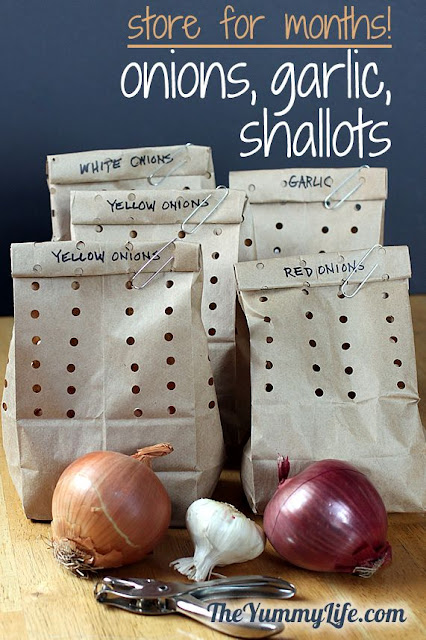Chinese Cuisine - Jiaozi
Jiaozi
Fish
dumplings could mean a surplus of wealth for the diner.
Celery stuffing is associated with industriousness, which could lead to money.
Cabbage filling will bring good luck and wealth for the next hundred years!
Mushrooms are used to bring wealth and good fortune to those eating them.
References :
http://eatingtheglobe.com/rich-history-chinese-dumpling/
http://www.dumplingbowl.com/?p=1
History of the Dumpling:
Jiaozi, a Chinese dumpling is a traditional Chinese dish and one of the most
widely loved foods in northern China in ancient times. The name “jiaozi”
derives from the ancient time-counting method in China when the Chinese people
ate dumplings stuffed with meat and vegetables at the junction of the end of
the old year and the beginning of the New Year. Now, how did our Dumplings ever
get from ancient Northern China to your plate?
• It is said
that the earliest Dumplings were eaten more than 1800 years ago
• 200 A.D.:
the “Medicine Saint” Zhang Zhongjing believed he could warm the body, promote
blood flow, and thaw ears by feeding his patients mutton, chili and some
warming medicinal herbs wrapped in dough skin.
• 1300 A.D.:
Marco Polo explores China and returns to Europe with tales and recipes of
Chinese Dumplings.
• 1650 A.D.:
The word pierogi first appears in Polish cookbooks and literature, the cousin
of Dumplings spreads throughout Europe.
• 1800 A.D.:
Chinese immigrants from Canton began settling in California and start to
introduce Asian Cuisine to the American Culture.
• 1920 A.D.:
Chinese Cuisine becomes popular with young cosmopolitans in North America
because it was considered exotic.
• June 2014:
Ying and Ching, an Ottawa couple devoted to bringing the best of the East
to the West, opened Dumpling Bowl to the existing Bubblicity Tea Shop.
To this day,
Dumpling Bowl makes the freshest, handmade Dumplings in Ottawa everyday that
never fails to leave stomachs empty! Our mission is to bring the most healthy
and delicious dumplings to Ottawa. We hand pick the freshest ingredients from
grocers on Somerset street every day. We hand wrap our dumplings to lock in the
right amount of flavour and to reach the most desirable shape and chewiness. We
hope you enjoy our labour of love!
The Traditions
Beyond
its medicinal qualities, the Chinese dumpling has adopted a celebratory
significance in contemporary society. These dumplings are a New Year’s
Tradition and it is believed that you cannot welcome the new year without this
traditional dish. Dumplings represent happiness and celebration and are
typically served on Chinese New Year’s, which occurs during the Spring
Festival.
The Fillings
The
small, precise shape of an authentic Chinese dumpling is intended to mimic the
look of gold or silver “ingots”, which are good-luck coins. It is common to
place a coin inside each dumpling Spring Festival Eve, a Chinese holiday in
February this year. These savory pouches often contain meats, seafood, and
veggies, though there is no one-way to make these dumplings. These often serve
as a main dish on Chinese tables.
Sometimes,
the fillings signify something that you hope to gain from eating the snack,
such as:
Beef
dumplings are thought to encourage economic growth.
Celery stuffing is associated with industriousness, which could lead to money.
Cabbage filling will bring good luck and wealth for the next hundred years!
Mushrooms are used to bring wealth and good fortune to those eating them.
The Preparation
There
is a lot of preparation and culinary work involved in making these Chinese
dumplings. It is a bonding experience among many families, as making dumplings
can be a laborious, time-consuming task.
The Popularity
In
many parts of the world, and in China, steamed or boiled dumplings are a
mainstay of the diet. These dumplings are quickly becoming a chic snack to nosh
on in Western society, too. For instance, Chinese-style dumplings are a San
Francisco restaurant staple, a region with a Chinese population and influence.
Teach
your family about the rich history of the tasty and traditional Chinese
dumpling. Visit specialty stores in your area to pick up essentials- rice
papers, produce, and poultry- to create your own delicious spin on these Asian
treats. Enjoy some insight into the cultural significance and historical
meaning behind these tiny filled dumplings!
References :
http://eatingtheglobe.com/rich-history-chinese-dumpling/
http://www.dumplingbowl.com/?p=1




Komentar
Posting Komentar